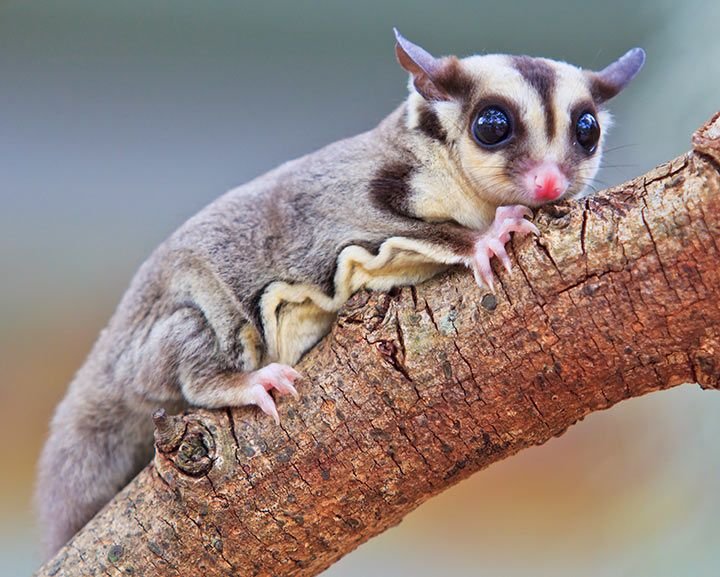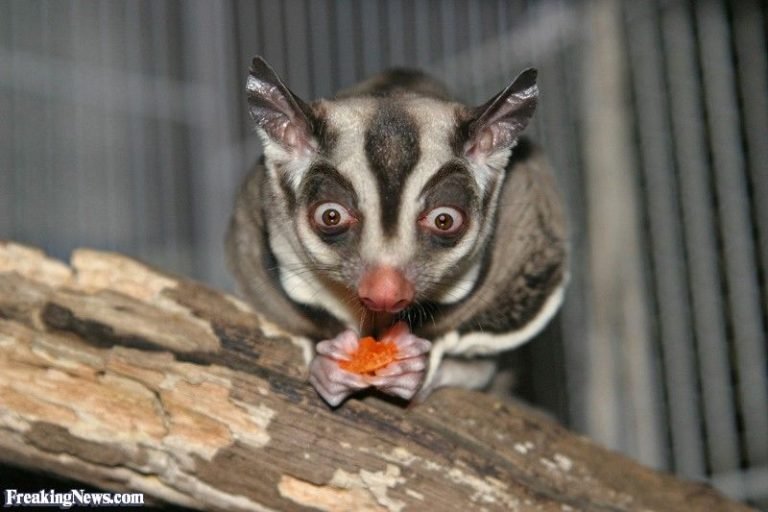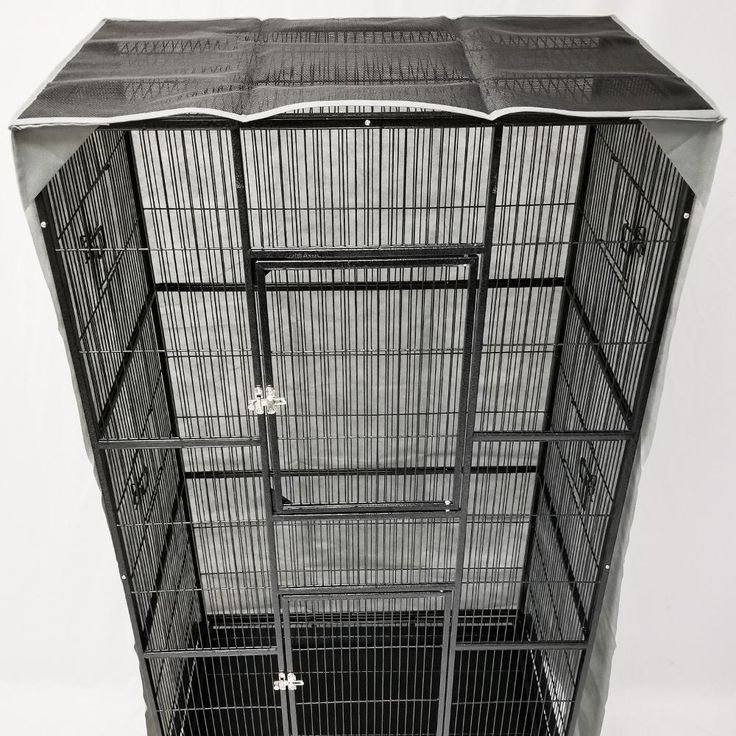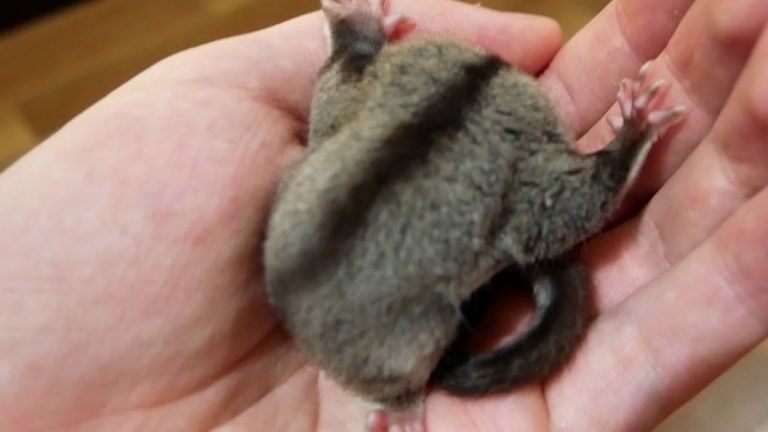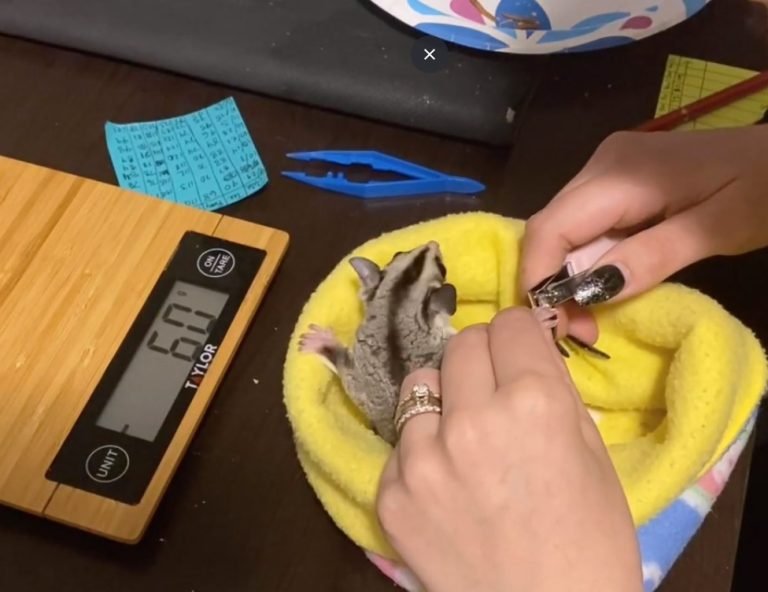How To Tame Sugar Gliders
Are you ready to unlock the secrets of taming sugar gliders? These adorable little creatures may seem elusive at first, but with the right approach, you can build a strong bond and enjoy their delightful company. Sugar gliders are social by nature, craving interaction and companionship. By taming them, you’ll not only satisfy their need for connection but also create a rewarding pet-owner relationship that will warm your heart.
Patience and consistency are key. It’s important to understand that biting is a common behavior during the initial stages of taming. Don’t worry though – with time, trust can be established, and those nibbles will turn into gentle gestures of affection.
So, get ready to embark on an exciting journey as we delve into the art of taming sugar gliders. Together, we’ll explore proven techniques that will help you forge a lasting bond with these charming creatures. Let’s dive in!
Creating a Spacious Environment
To tame sugar gliders effectively, it’s crucial to provide them with a spacious environment that allows them to glide and explore. Here are some key points to consider:
- Large Cage: Ensure that the cage you choose is big enough to accommodate your sugar gliders’ natural instincts. A small room won’t do justice to their need for movement and exploration. Opt for a cage that provides ample space for them to stretch their wings and move around comfortably.
- Mimicking Natural Habitat: Sugar gliders thrive when their surroundings resemble their natural habitat. Include branches, perches, and toys in the cage to create an environment that mimics the trees they would typically glide through. This will make them feel more at home in their new surroundings.
- Proper Ventilation and Cleanliness: Pay attention to ventilation within the cage to maintain a healthy living space for your sugar gliders. Good airflow helps prevent any unpleasant odors from accumulating and ensures fresh air circulates throughout the enclosure. Regularly clean the cage, removing any waste or soiled bedding, as cleanliness is vital for their well-being.
By providing a spacious environment with plenty of room for your sugar gliders to glide and explore, you’re setting them up for success in their new home. Remember these essential factors: proper ventilation, cleanliness, and creating an environment that mimics their natural habitat using branches, perches, and toys.
Now that we’ve covered creating a spacious environment let’s move on to other important aspects of taming sugar gliders.
Tips for Bonding with Sugar Gliders

To establish a strong bond with your sugar gliders, follow these tips:
- Spend time near their cage: Familiarize them with your presence by spending time in close proximity to their cage. This will help them become accustomed to you and feel more comfortable around you.
- Offer treats from your hand: Building trust is crucial in the bonding process. Offer treats, such as small pieces of fruit or mealworms, from your hand to create positive associations. This will encourage them to approach you and eventually take food directly from your fingers.
- Speak softly and avoid sudden movements: Sugar gliders are sensitive creatures, so creating a calm environment is essential for bonding. Speak softly around them and avoid sudden movements that might startle or scare them away.
By following these tips, you can gradually build a strong bond with your sugar gliders and establish trust between you and these adorable creatures.
Remember, patience is key. It may take some time for them to fully warm up to you, but with consistent effort and positive interactions, they will soon become comfortable in your presence.
So grab a bonding pouch, fill it with treats, and embark on this exciting journey of building a special connection with your sugar gliders!
Effective Training Methods for Sugar Gliders
To successfully tame sugar gliders, it is important to implement effective training methods that encourage positive behavior and bonding. Here are some key techniques to consider:
Clicker Training
Clicker training is a popular method used to reinforce desired behaviors in sugar gliders. By associating the sound of a clicker with treats or rewards, you can effectively communicate what actions you want your sugar glider to repeat. This technique helps them understand what behavior is being rewarded and encourages them to perform it more frequently.
Gradual Handling Introduction
It’s crucial to proceed gradually and gently. Start by scooping them up with both hands using a soft touch, allowing them to become familiar with your presence and touch. Slowly increase the duration of these handling sessions over time, ensuring that they feel comfortable and secure during the process.
Bonding through Stroking and Grooming
Bonding with your sugar glider is essential for building trust and creating a strong relationship. Encourage bonding by engaging in gentle stroking and grooming sessions. Use slow movements while stroking their fur, paying attention to areas they enjoy being touched. This interaction not only strengthens the bond between you but also provides an opportunity for physical care and comfort.
By utilizing clicker training techniques, gradually introducing handling, and promoting bonding through gentle stroking and grooming sessions, you can effectively tame sugar gliders while fostering a positive relationship based on trust and understanding. Remember that patience is key when working with these adorable creatures as they adjust to their new environment and form connections with their human companions.
Bathroom Training Techniques for Sugar Gliders
Designating a specific area within their cage as the bathroom spot is essential. By observing their behavior before they eliminate, you can strategically place absorbent materials in that designated spot, making it easier to clean and maintain hygiene within the enclosure. Here are some tips on how to effectively toilet train your sugar glider:
- Create a litter box: Set up a small litter box in the corner of their cage, preferably near where they tend to eliminate naturally. Use a shallow container filled with paper-based bedding or shredded paper towels.
- Observe and learn: Pay close attention to your sugar glider’s behavior before they go to the bathroom. They may display certain signs like sniffing or scratching around a particular area. This will help you identify their preferred bathroom spot.
- Place absorbent materials: Once you’ve identified their preferred spot, line it with absorbent materials such as paper towels or disposable pee pads. These will make cleaning up easier and keep the rest of the cage clean.
- Promptly clean soiled areas: Sugar gliders are generally clean animals, so it’s important to promptly remove any soiled bedding or waste from their designated bathroom area. Regularly replacing the soiled materials will help maintain cleanliness and prevent odors from building up.
- Consider using a toilet lid: Some sugar glider owners have successfully trained their pets to use a miniature toilet lid placed over a small container filled with bedding material. This can be an effective way to mimic natural bathroom habits and encourage them to use a specific area for elimination.
By following these techniques and being consistent with training, you can successfully teach your sugar glider where to go potty within its enclosure. Remember, patience is key when working with these adorable little creatures!
Building Trust through Quality Time

Creating a bond with your sugar glider takes patience and time. By spending consistent daily time interacting with your glider, you can build trust and strengthen your relationship. Here are some ways to establish a healthy bond:
- Engage in interactive play sessions: Use toys or tunnels that encourage exercise and play with your sugar glider. This not only keeps them active but also helps them associate positive experiences with you.
- Allow supervised out-of-cage exploration: Gliders love to explore their surroundings, so provide safe, glider-proofed spaces for them to roam under supervision. This allows them to satisfy their curiosity while ensuring their safety.
- Create a routine: Establishing a regular routine is important for bonding with your sugar glider. Set aside specific times each day for interaction, such as tent time or playtime in a designated area.
- Use positive reinforcement: Reward good behavior with healthy treats or favorite foods to reinforce positive associations. This helps your sugar glider understand what behaviors are desirable.
By consistently dedicating quality time to interact and play with your sugar glider, you will gradually build trust and strengthen the bond between you and your furry friend. Remember, building trust takes weeks or even months, so be patient and enjoy the journey of forming a special connection with your sugar glider.
Now that you have learned how to tame sugar gliders through quality time, it’s time to put these tips into practice!
Successfully Taming Sugar Gliders
In conclusion, successfully taming sugar gliders requires creating a spacious environment, bonding with them using tips and effective training methods, implementing bathroom training techniques, and building trust through quality time. By following these steps, you can establish a strong bond with your sugar gliders and ensure their well-being.
To begin, providing a spacious environment is crucial for sugar gliders to feel comfortable and secure. This includes a large cage with plenty of room for them to glide and play. Incorporating branches, ropes, and toys will stimulate their natural instincts and promote healthy behavior.
Bonding with sugar gliders is essential in gaining their trust. Spending quality time with them on a daily basis allows you to build a connection through gentle handling and offering treats as rewards. Patience is key as it may take some time for them to become accustomed to human interaction.
Effective training methods such as clicker training can be used to teach sugar gliders tricks or behaviors that are desirable. Positive reinforcement techniques should be employed consistently to reinforce good behavior while avoiding punishment or negative reinforcement.
Bathroom training techniques are also important for maintaining cleanliness in your home. Providing a designated area within the cage or using litter boxes can help train sugar gliders to use specific spots for elimination.
Lastly, building trust through quality time is vital in establishing a strong bond with your sugar gliders. Regularly interacting with them outside of their cage, allowing supervised exploration in safe areas of your home, will help foster trust and strengthen your relationship.
In conclusion, successfully taming sugar gliders involves creating an optimal environment, bonding through interactions and positive reinforcement training methods, implementing bathroom training techniques, and investing quality time into building trust. By following these guidelines consistently and patiently working with your sugar gliders, you can create a harmonious relationship filled with joy and companionship.
FAQs
1.How long does it usually take to tame a sugar glider?
The time it takes to tame a sugar glider can vary depending on the individual glider and its previous experiences. It may take anywhere from a few weeks to several months of consistent effort and patience.
2.Can I train my sugar glider to do tricks?
Yes, sugar gliders are intelligent creatures that can be trained to perform tricks using positive reinforcement techniques such as clicker training. However, it’s important to remember that each glider is unique, and some may be more receptive to training than others.
3.Are sugar gliders difficult to potty train?
Potty training sugar gliders can be challenging but not impossible. With consistency and patience, you can teach them to use specific areas within their cage or litter boxes for elimination.
4.How often should I spend quality time with my sugar gliders?
It is recommended to spend at least one to two hours of quality time with your sugar gliders each day. This includes gentle handling, offering treats, and allowing supervised exploration outside of their cage.
5.Can I let my sugar gliders roam freely in my home?
While it may be tempting to allow your sugar gliders free roam of your home, it is essential to ensure their safety by creating a controlled environment. Supervised exploration in safe areas is encouraged, but precautions should be taken to prevent accidents or escapes.


